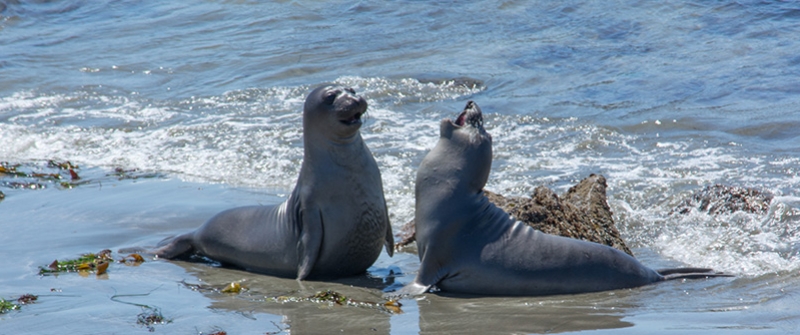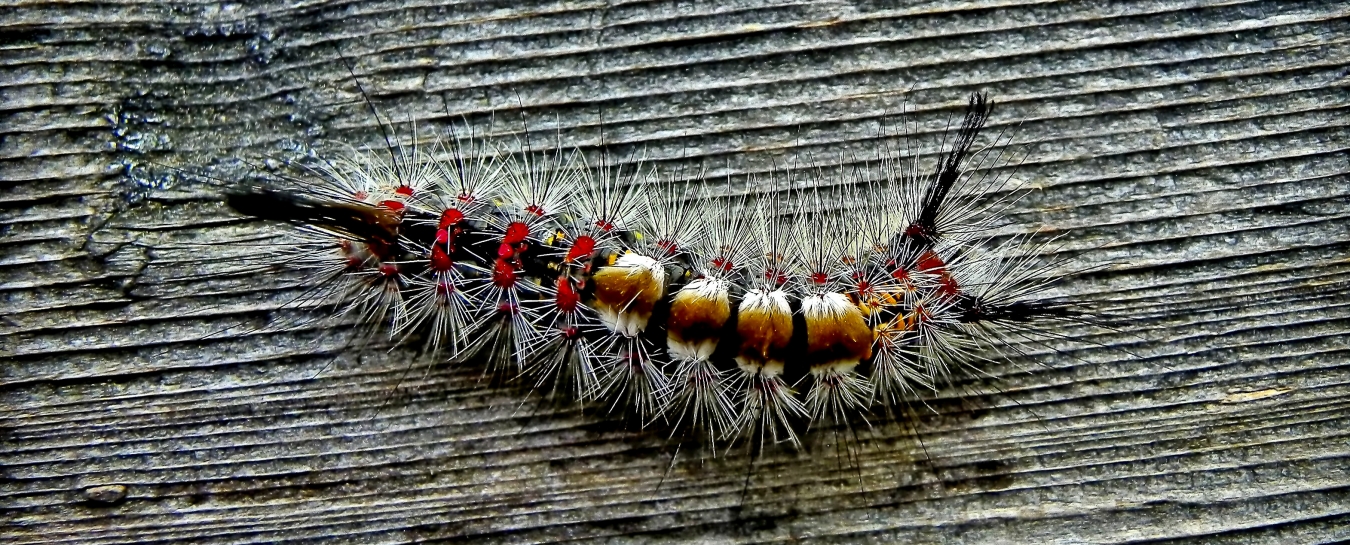
Indoors
Insects and other Arthropods of the Home
Given that there are several thousand species of insects and arachnids in the Santa Barbara area, many of which have never been officially reported, it would be virtually impossible to assemble a guide to all insects potentially appearing in human habitations. However, below are a few of the insects and arachnids more commonly encountered in the household.
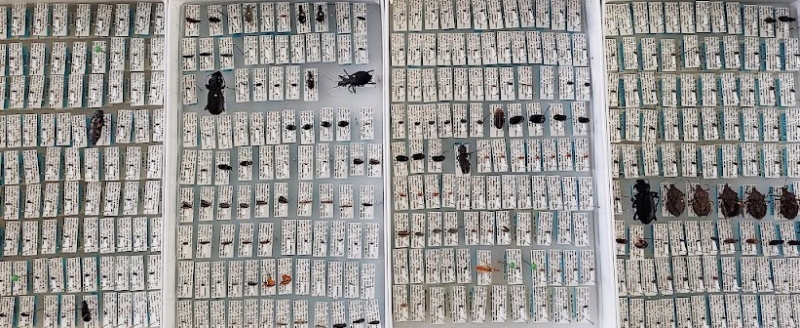
Imagination Adaptation: A Science and Art Activity
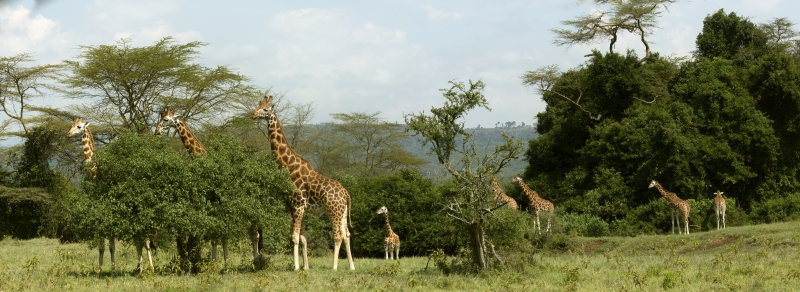
Best for ages 7–12, this activity can be done with 1–4 people. All animals have certain physical and behavioral characteristics that make them suited to their habitat (the environment where an animal lives, where they can find food and shelter). We call such characteristics adaptations. Let’s think about how certain animals’ physical traits help them in their habitats.
Download the PDF for instructions.
Close Observation Activity
Exhibit Connection: Beneath a Wild Sky: Stories of America’s Lost Birds
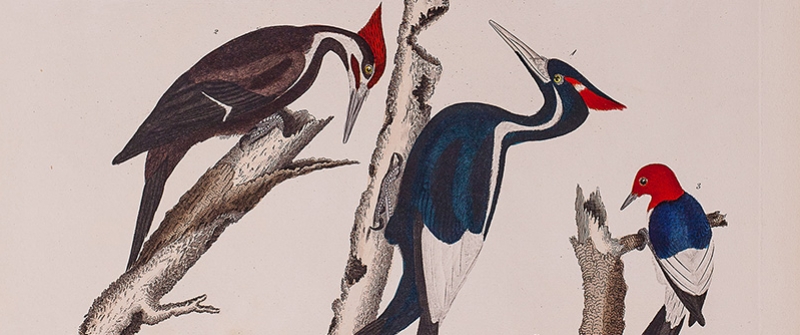
Be a scientist: Closely observe these three images of the now-extinct Ivory-billed Woodpecker.
Download the PDF for instructions.
Build Marine Food Chains and Webs: A Fill-in-the-Blank Puzzle
What are two very important things we need to live and grow? If you said food and oxygen, then you are correct! Did you know that just like humans and other land creatures, animals living in the ocean also rely on these things?
Download the PDF for instructions.
Feeding Time in the Wild and at Home!
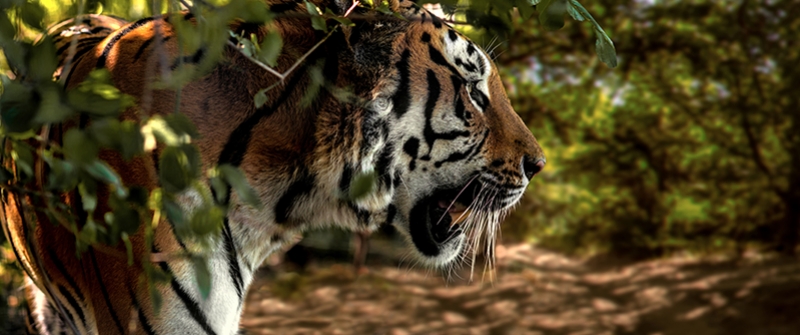
Best for ages 4–8. This activity gets kids to think about the food web and their place in it. Kids learn new vocabulary—carnivore, herbivore, or omnivore—to describe an animal by what it prefers to eat, and then match up food items in the house with the animals that might eat those things. Then kids consider where they (humans) fit into this picture.
Download the PDF for instructions.
Animal Charades
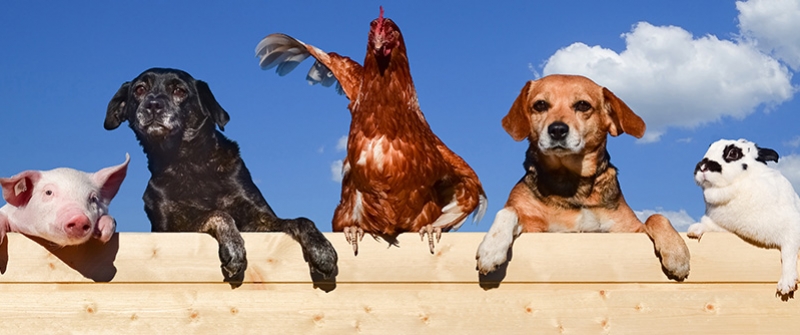
Best for ages 5–10. Pretend to be wild and domesticated animals in a game of charades. This activity gets kids to think about different types of animals—wild and domesticated—and what habitat they live in: natural, domestic, or both. Kids learn to connect that habitat with an animal’s behavior. Kids also learn new vocabulary to describe animals that live in either a wild or domesticated habitat using a Venn diagram. Download PDF for instructions.
Think Like a Scientist
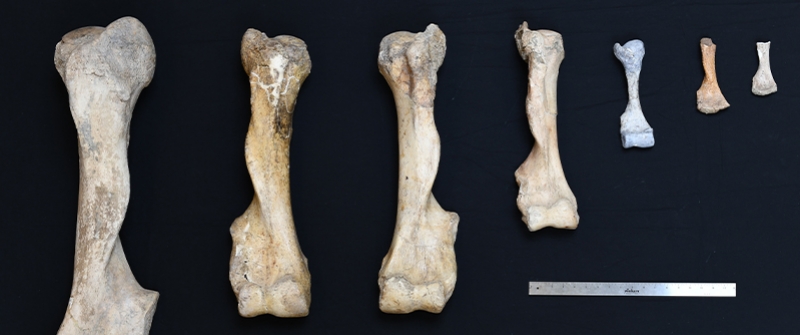
Best for ages 4–8. The skills of thoughtfully putting things in categories and making reasoned choices are key to being a scientist at any age. And kids love to sort! This can be done in your home with just about any items you have around in some quantity (e.g., toys, less messy food items, shoes, silverware, etc.). While this activity is designed for younger kids, the conversations that come up may interest kids and adults of any age. Download PDF for instructions.
Coloring Sheets
Download coloring sheets from our Maximus Gallery's antique nature print collection and previous exhibits. Suitable for all ages!
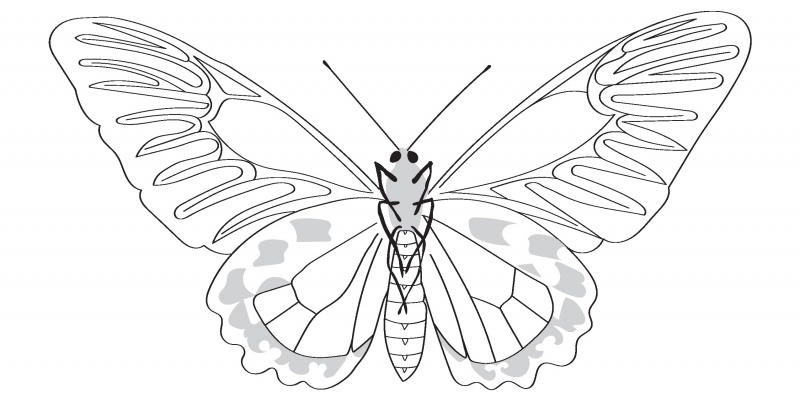
▸Strange Science:
PDF includes four pages with a toad, chameleon, eels, Atlas Moth, and a large lizard
▸Audubon's Mammals:
PDF includes three pages with an opossum, mink, and Californian Hare
▸Audubon's Waterbirds:
PDF includes seven pages of waterbirds
▸Rosën von Rosenhof's Grasshopper:
PDF includes one page
▸Natural History of Carolina, Florida and the Bahama Islands, 1735, Mark Catesby:
PDF includes one page with a Bull Frog
▸U.S. and Mexican Boundary Survey, 1850, Spencer Baird.
PDF includes one page with a Scrub Jay
▸Japanese Wood Block, 1850, Kono Bairie.
PDF includes one page with a Cricket
▸Japanese Wood Block, 1850, Kono Bairie.
PDF includes one page of a Wild Boar
▸The Natural History of Monkeys and Lemurs, 1780, Jean-Baptiste Audebert.
PDF includes one page of a Lemur
▸Insects of Germany, 1800, Jablonsky & Herbst
PDF includes one page of a Goliath Beetle
▸Exotic Butterflies, 1775, Pieter Cramer
PDF includes one page of a Birdwing Butterfly
▸Selected Delights of Nature, 1766, Georg Wolfgang Knorr
PDF includes one page of a Crab
▸Selected Delights of Nature, 1766, Georg Wolfgang Knorr
PDF includes one page of a Red Spiny Crab
▸Natural History of Carolina, Florida and the Bahama Islands, 1730, Mark Catesby
PDF includes one page of the Wampum Snake
